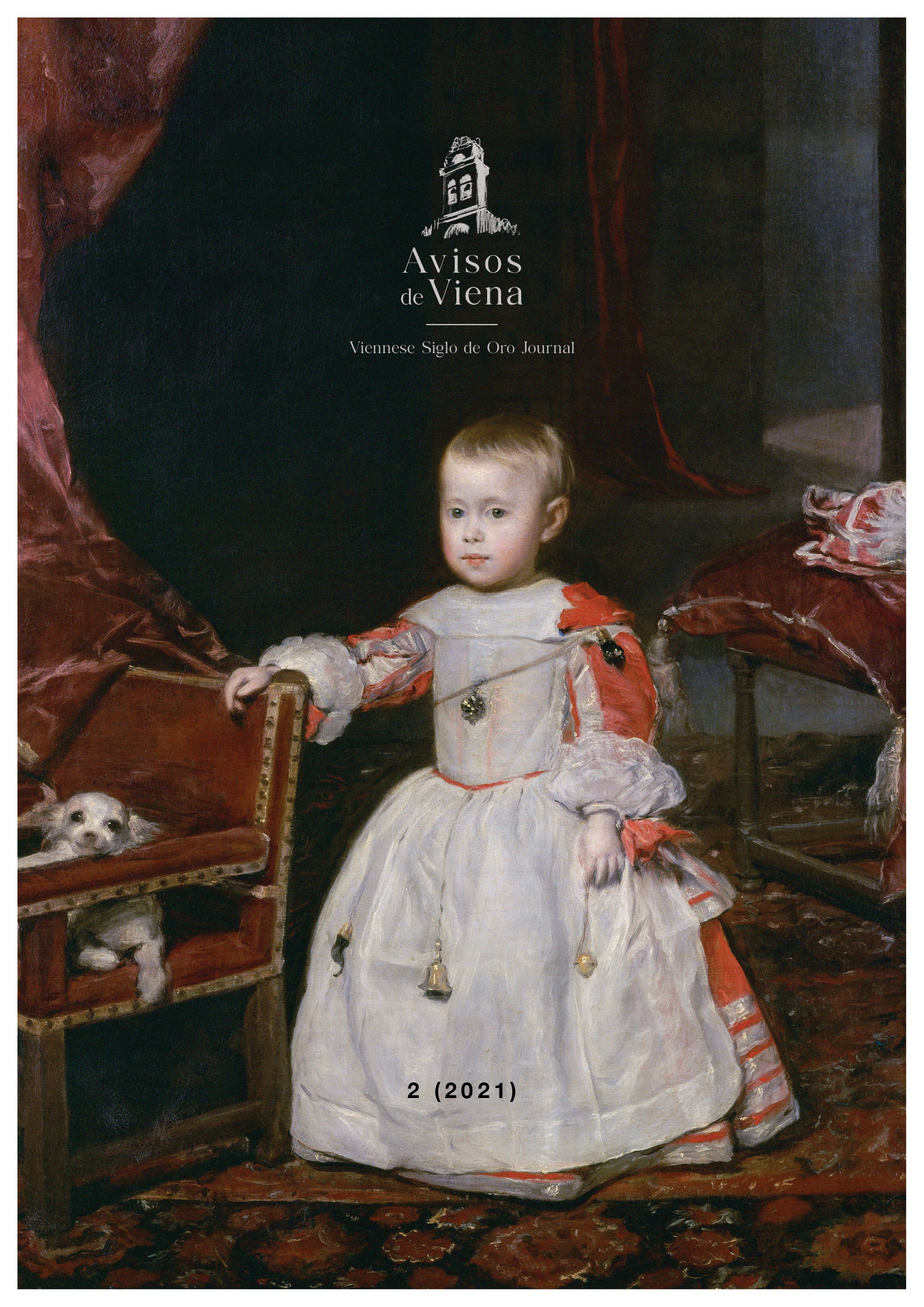The Intellectual Procuress
Celestina’s Legacy and the Rhetoric of Seduction
DOI:
https://doi.org/10.25365/adv.2021.2.6188Keywords:
Jan Vermeer, Lady Seated at a Virginal, procuress, Celestina, Flemish PaintingAbstract
Johannes Vermeer's painting, "Lady Seated at a Virginal," invites viewers into an intimate moment frozen in time, where a young woman engages with a musical instrument. However, hidden within the scene lies a profound commentary on societal perceptions of femininity and desire. This paper explores the symbolism within Vermeer's work, particularly the inclusion of another painting within the scene, "The Procuress" by Dirck van Baburen. Through a historical and literary lens, it delves into the evolving portrayal of the procuress archetype, from its origins in Spanish literature to its manifestation in Dutch art. Drawing parallels to the character of Celestina from Fernando de Rojas' "La Celestina," the paper examines how women's agency and linguistic power have been historically feared and suppressed. Ultimately, it argues that Vermeer's painting serves as both a celebration of artistic awareness and a cautionary tale about the manipulation of desire through art and rhetoric.
References
Aretino, P. (1976). Dialogo di Messer Pietro Aretino nel quale la Nanna il primo giorno insegna a la Pippa sua figliuola a esser puttana… In C. Cordiè (Ed.), La letteratura italiana. Storia e testi (Vol. 26, Book 2, pp. 202–435). Riccardo Ricciardi Editore.
Castiglione, B. (2004). The book of the courtier (G. Bull, Trans.). Penguin.
Cerri, L. (1900). Bartolomeo Gottifredi e il suo "Specchio d'amore". Solari.
Montias, J. M. (2018). Vermeer and his milieu: A web of social history. Princeton University Press.
Nevinson, J. L., & Piccolomini, A. (1968). Raffaella of Master Alexander Piccolomini: Or rather, A dialogue of the fair perfectioning of ladies. University of Glasgow Press.
Rojas, F. de. (1991). La Celestina (B. M. Damiani, Ed.). Scripta Humanistica.
Downloads
Published
How to Cite
Issue
Section
License
Copyright (c) 2021 Alvaro Ramirez, Costanza Gislon Dopfel

This work is licensed under a Creative Commons Attribution 4.0 International License.
© Open Access, CC BY 4.0








